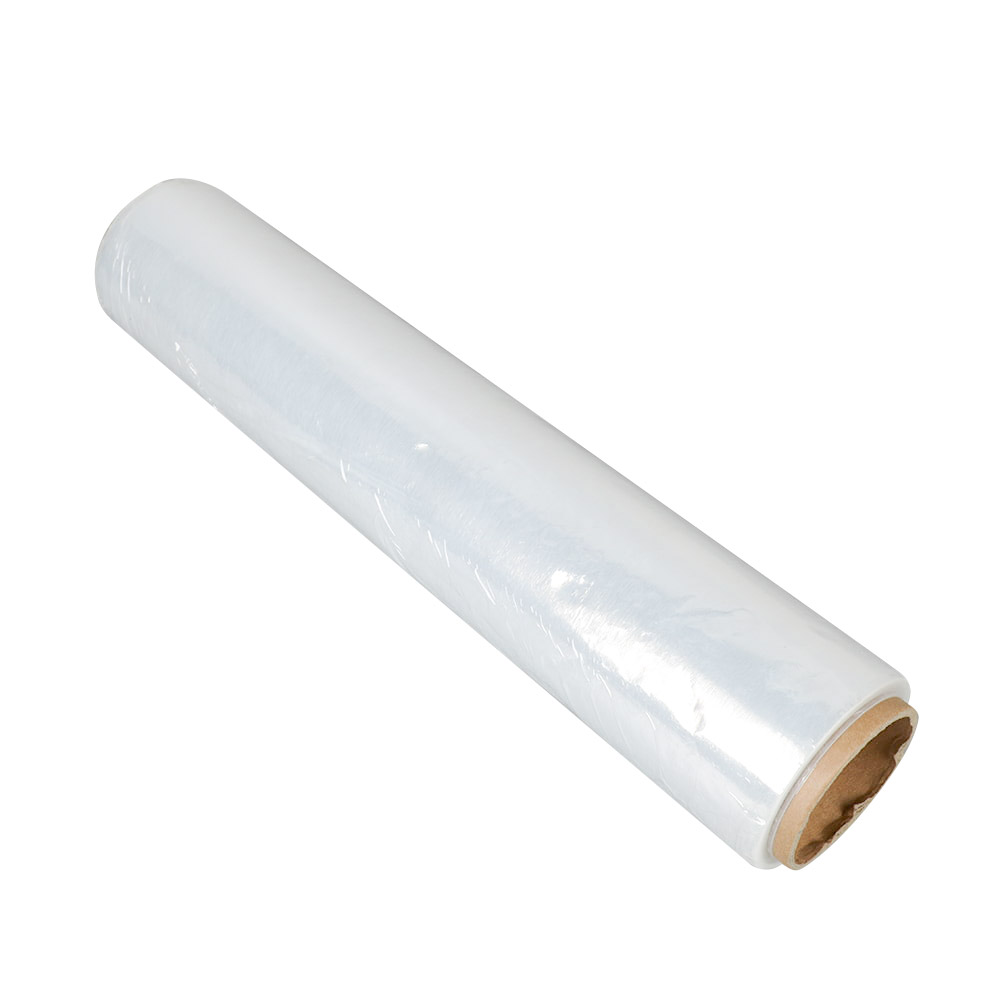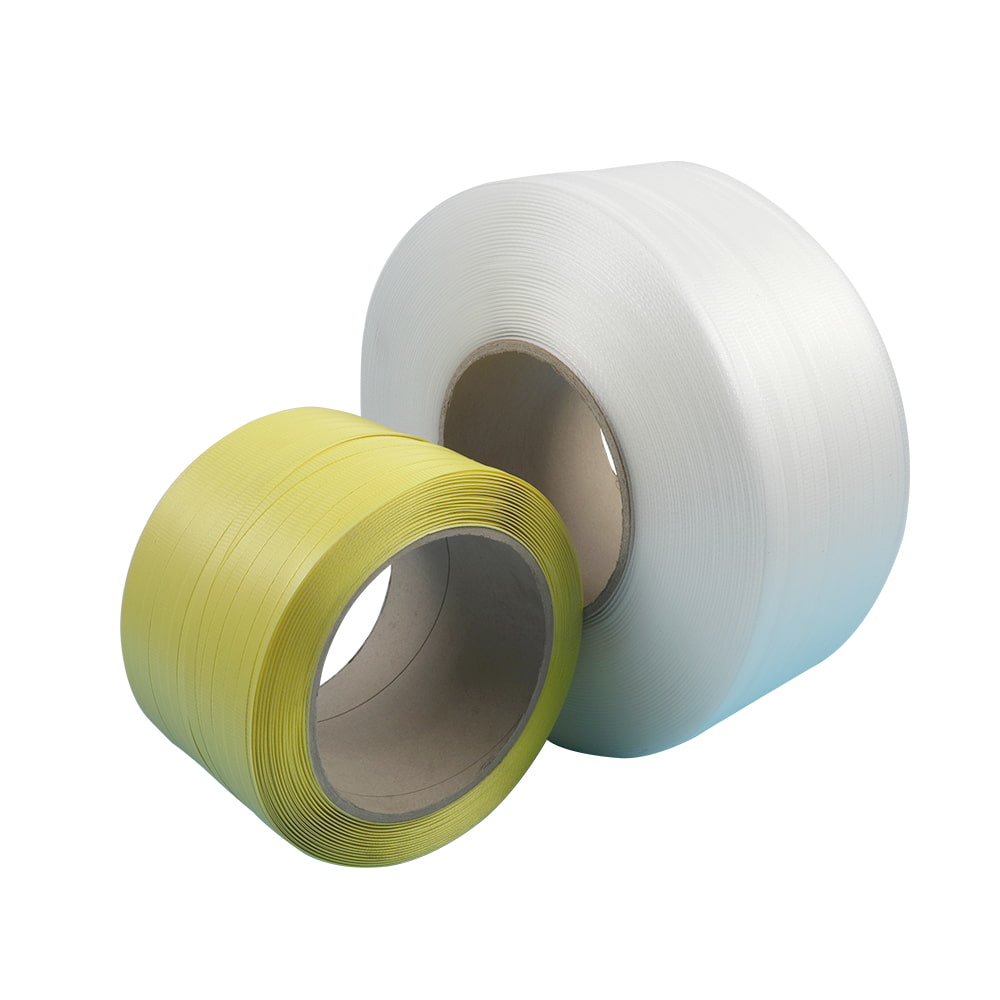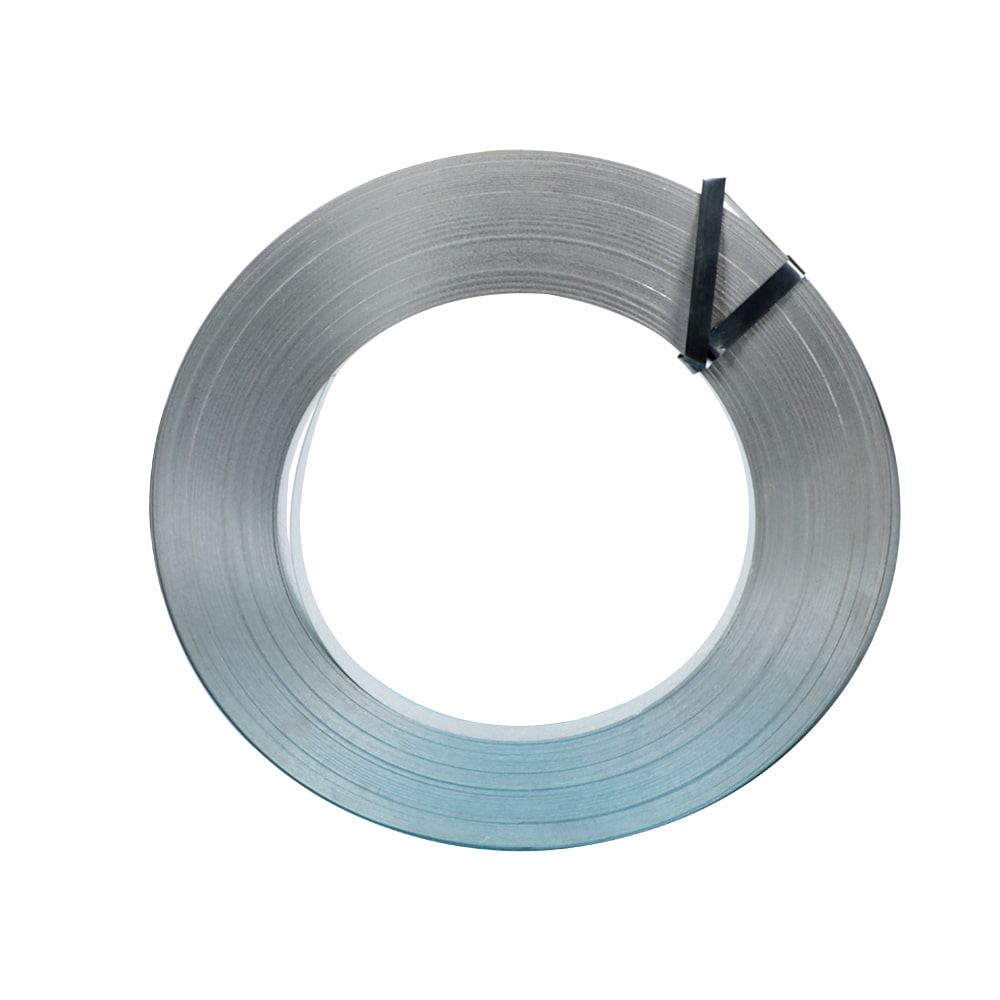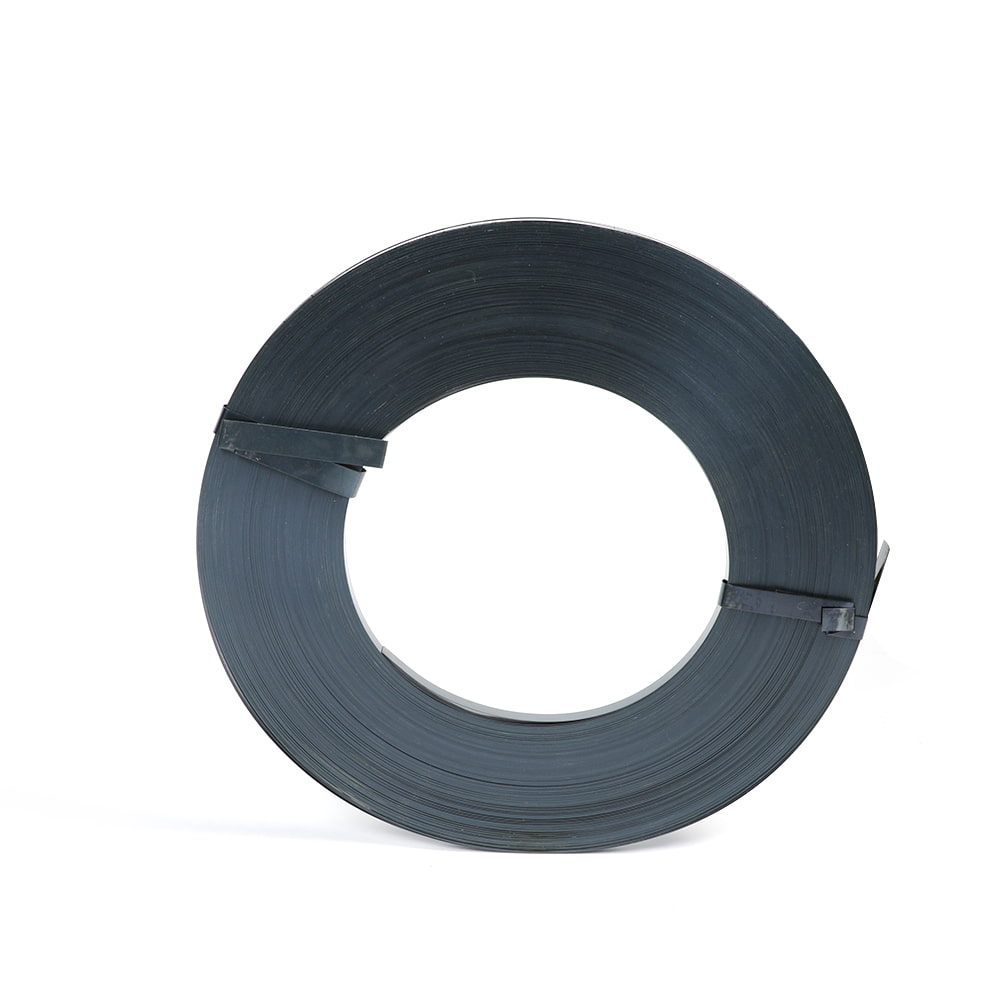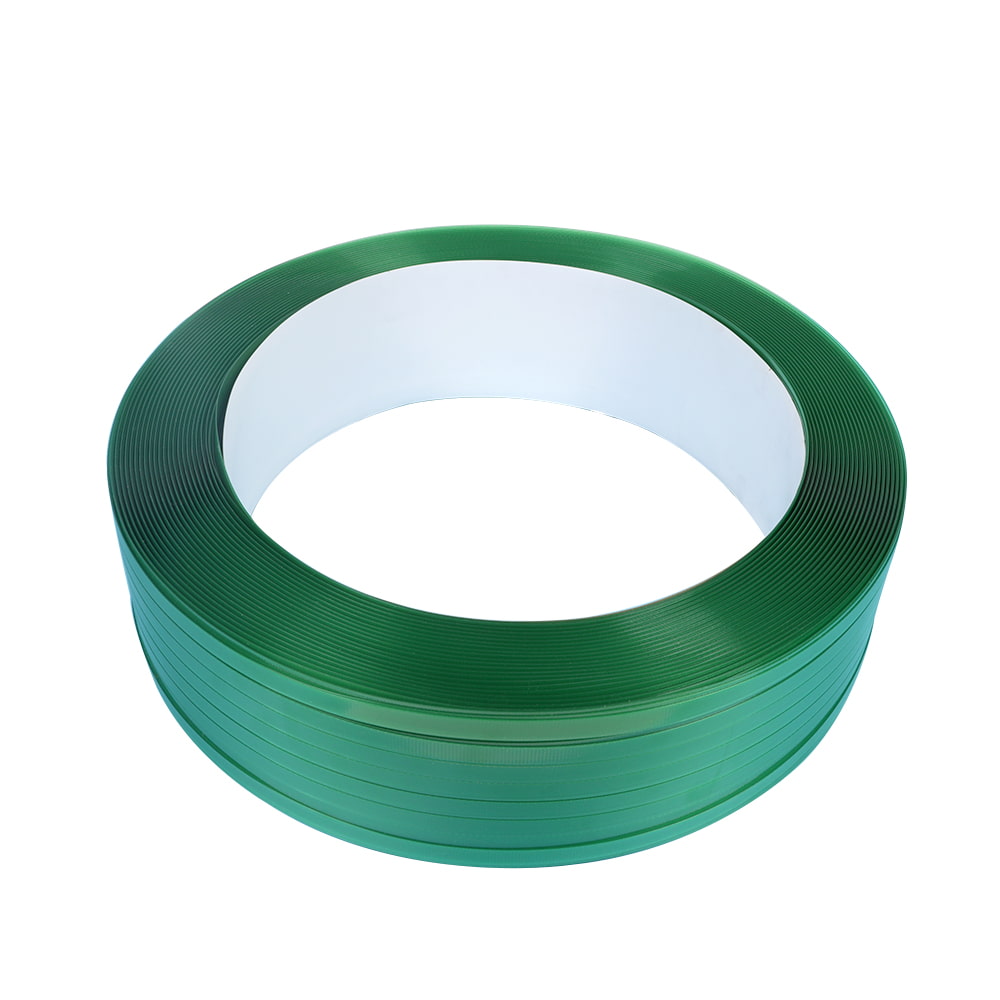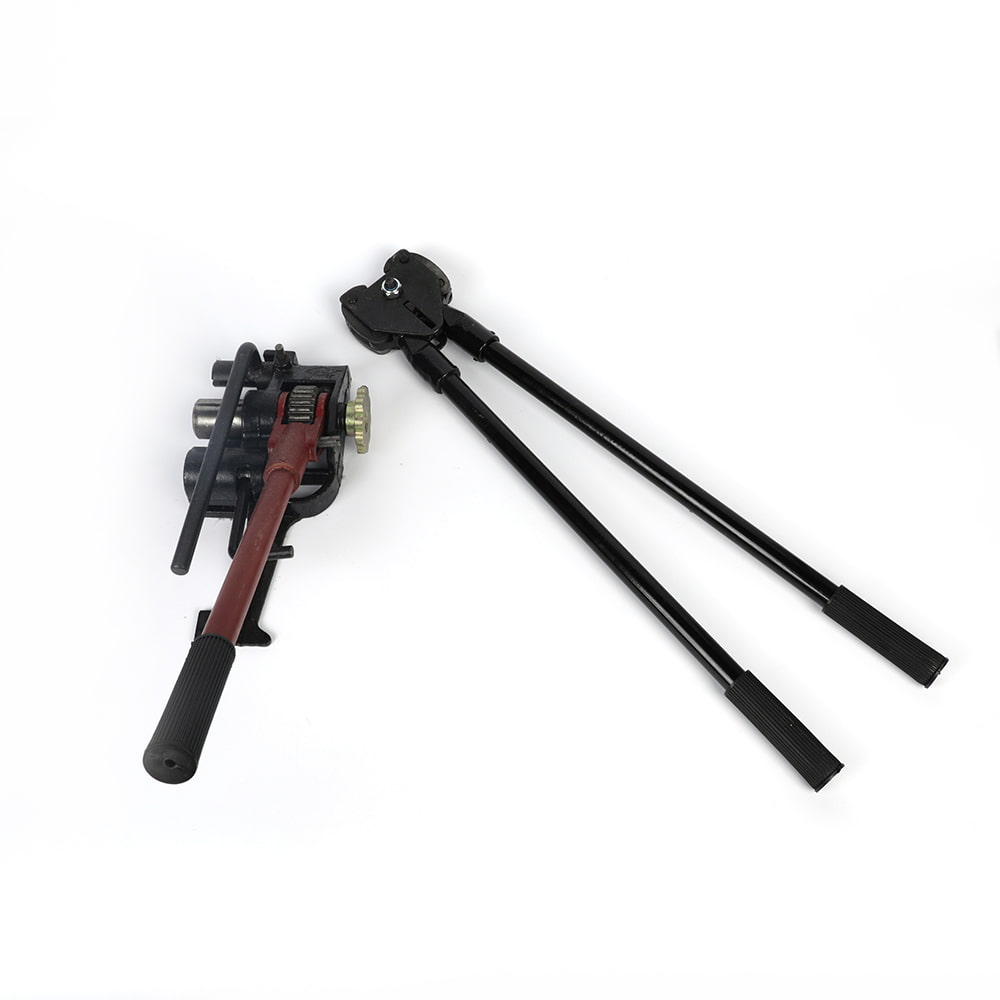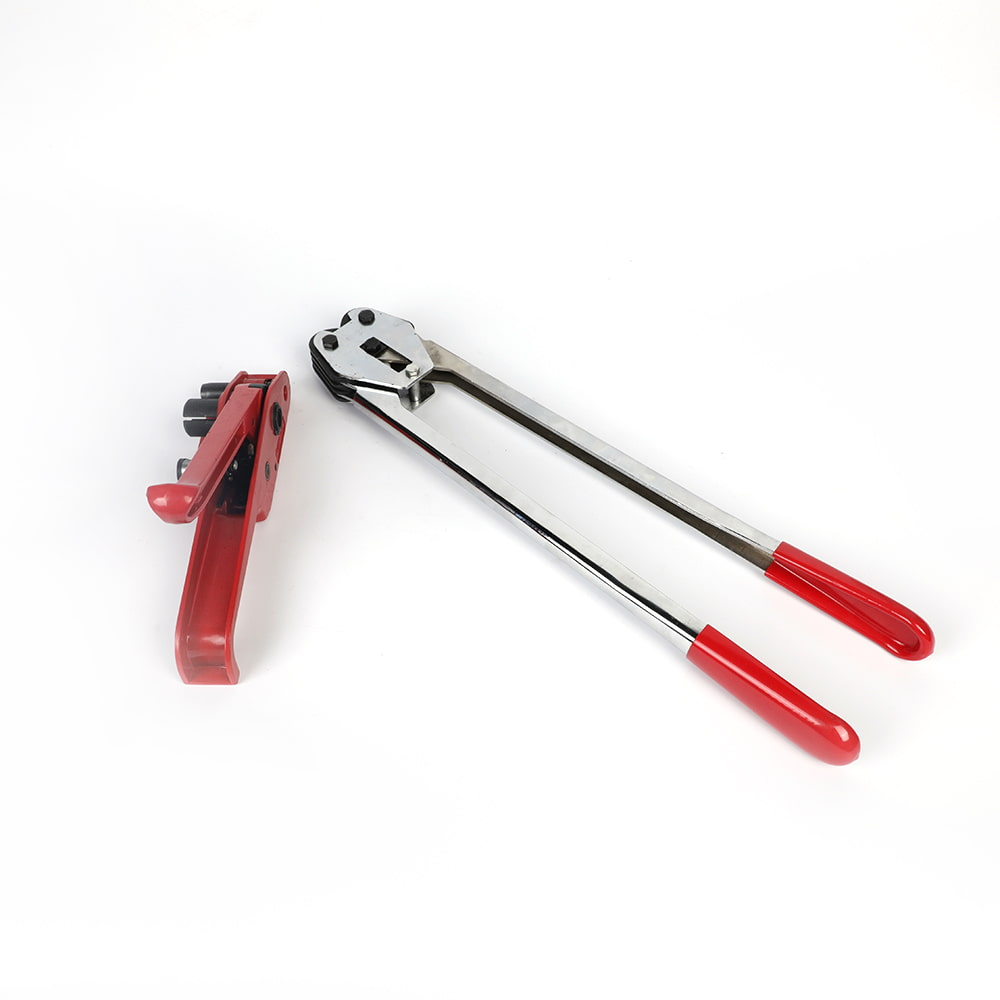What should I do if the stretch film is too sticky/too weak?
Stretch film is a critical component for securing palletized loads during storage and transportation. Its effectiveness heavily relies on the tack level – the inherent stickiness of the film layers to each other. When the tack is either too strong or too weak, significant operational problems can arise, leading to compromised load stability, product damage, wasted film, and increased costs.
Problem 1: Insufficient Tack (Film Not Sticking)
-
Symptoms: Film layers easily separate or unwind; loads become loose during transit or storage; film tends to slide off the load; reduced containment force.
-
Potential Causes & Solutions:
-
Low Stretch Level: Stretching the film activates its tack. Insufficient stretch means less tack is generated.
-
Solution: Increase the pre-stretch percentage on the stretch wrapper. Consult the film manufacturer's specifications for optimal stretch ranges for that specific film grade.
-
-
Surface Contamination: Dust, grease, moisture, or release agents on the film surface or the load itself can prevent adhesion.
-
Solution: Ensure loads are clean and dry before wrapping. Store stretch film rolls in a clean, dry environment. Use lint-free gloves when handling film cores.
-
-
Cold Temperatures: Polymer mobility decreases in cold environments, significantly reducing tack.
-
Solution: Store film rolls in a temperature-controlled area (ideally above 15°C / 60°F) for at least 24 hours before use. Consider using a stretch film specifically formulated for cold-temperature performance (often higher in LLDPE content or specialized additives).
-
-
Incompatible Film Type: General-purpose film may lack sufficient tack for heavy, unstable, or smooth-surfaced loads.
-
Solution: Switch to a stretch film specifically designed for higher tack. Look for terms like "high tack," "super tack," or "enhanced cling" in the product description.
-
-
Old or Poorly Stored Film: Exposure to UV light, ozone, or extreme temperatures over time can degrade tackifiers in the film.
-
Solution: Use film within its recommended shelf life. Store rolls in a cool, dry, dark place away from direct sunlight and heat sources.
-
-
Problem 2: Excessive Tack (Film Too Sticky)
-
Symptoms: Film tears easily during application due to grabbing itself too aggressively; layers fuse together making the roll difficult to unwind; sticky residue left on hands, equipment, or the load; loud jerking noises ("chatter") during unwinding.
-
Potential Causes & Solutions:
-
High Stretch Level: Over-stretching the film can activate excessive tack.
-
Solution: Reduce the pre-stretch percentage on the stretch wrapper. Adhere to the manufacturer's recommended stretch range.
-
-
High Temperatures & Humidity: Heat significantly increases polymer mobility and tackiness. High humidity can exacerbate this.
-
Solution: Store film in a cooler environment if possible. Ensure adequate ventilation in the wrapping area. Consider using a stretch film with a tack level rated for warmer operating conditions (often incorporating specific additive packages to control tack).
-
-
Film Formulation: The film may inherently have a tack level too high for the application or environmental conditions.
-
Solution: Switch to a stretch film with a lower, more balanced tack level. Standard or "medium" tack films are often suitable for general use. "Controlled cling" films are designed to minimize excessive stickiness.
-
-
High Pressure During Wrapping: Excessive force pushing layers together increases contact and bonding.
-
Solution: Adjust the carriage or turntable speed and the film delivery tension to apply sufficient, but not excessive, force. Ensure the film brake or clutch is correctly adjusted to prevent overwinding and tight layering.
-
-
Extended Contact Time: Film left under pressure on the roll for long periods (e.g., tightly wound rolls stored for months) can experience increased blocking.
-
Solution: Practice good inventory rotation (FIFO - First In, First Out). Avoid storing heavy objects on top of film rolls. Use films with anti-blocking agents.
-
-
Assessing Tack Level Objectively
When selecting or troubleshooting stretch film, rely on more than just feel. Standardized tests exist:
-
Peel Test (ASTM D4649 - Modified): Measures the force required to separate two layers of film peeled apart at a specific angle and speed. Higher force indicates higher tack.
-
Quick Stick (Tack) Test (ASTM D6195): Measures the force required to separate two film layers immediately after contact under light pressure, simulating initial grab.
Consulting your stretch film supplier for technical data sheets and tack performance data under various conditions is crucial for making informed decisions.
Achieving the optimal tack level for stretch film is essential for secure, efficient, and cost-effective pallet wrapping. Issues with too little or too much tack stem from identifiable factors: stretch level, environmental conditions (temperature, humidity), surface contamination, film storage practices, and the inherent film formulation. By systematically diagnosing the symptoms and applying the corresponding solutions – such as adjusting stretch settings, ensuring cleanliness, controlling storage temperature, or selecting an appropriate film grade – operators can effectively resolve tack problems, ensuring load integrity and minimizing waste. Partnering with a knowledgeable stretch film supplier provides access to technical expertise and products tailored to specific operational needs.

 EN
EN 
 English
English 中文简体
中文简体

